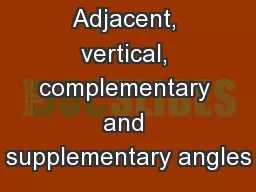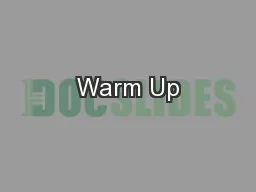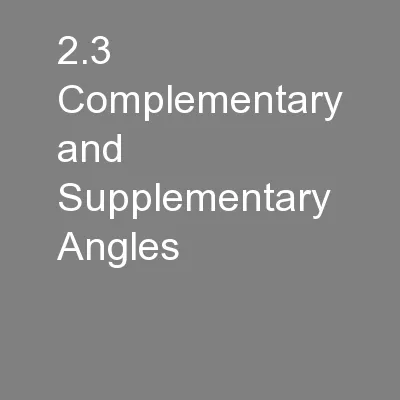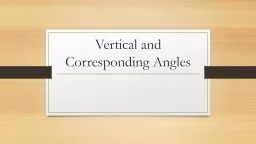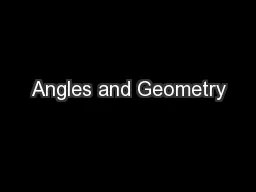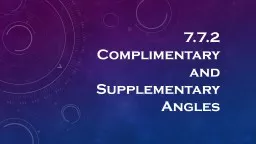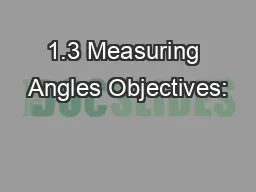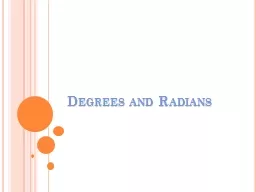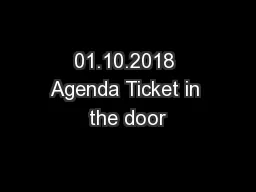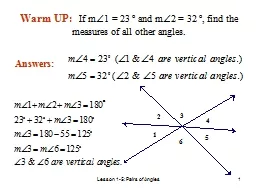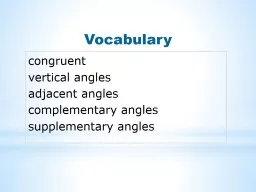PPT-Adjacent, vertical, complementary and supplementary angles
Author : myesha-ticknor | Published Date : 2015-10-14
Mr Peterson CC standard 7g5 Use facts about supplementary complementary vertical and adjacent angles in a multistep problem to write and solve simples equations
Presentation Embed Code
Download Presentation
Download Presentation The PPT/PDF document "Adjacent, vertical, complementary and su..." is the property of its rightful owner. Permission is granted to download and print the materials on this website for personal, non-commercial use only, and to display it on your personal computer provided you do not modify the materials and that you retain all copyright notices contained in the materials. By downloading content from our website, you accept the terms of this agreement.
Adjacent, vertical, complementary and supplementary angles: Transcript
Download Rules Of Document
"Adjacent, vertical, complementary and supplementary angles"The content belongs to its owner. You may download and print it for personal use, without modification, and keep all copyright notices. By downloading, you agree to these terms.
Related Documents

